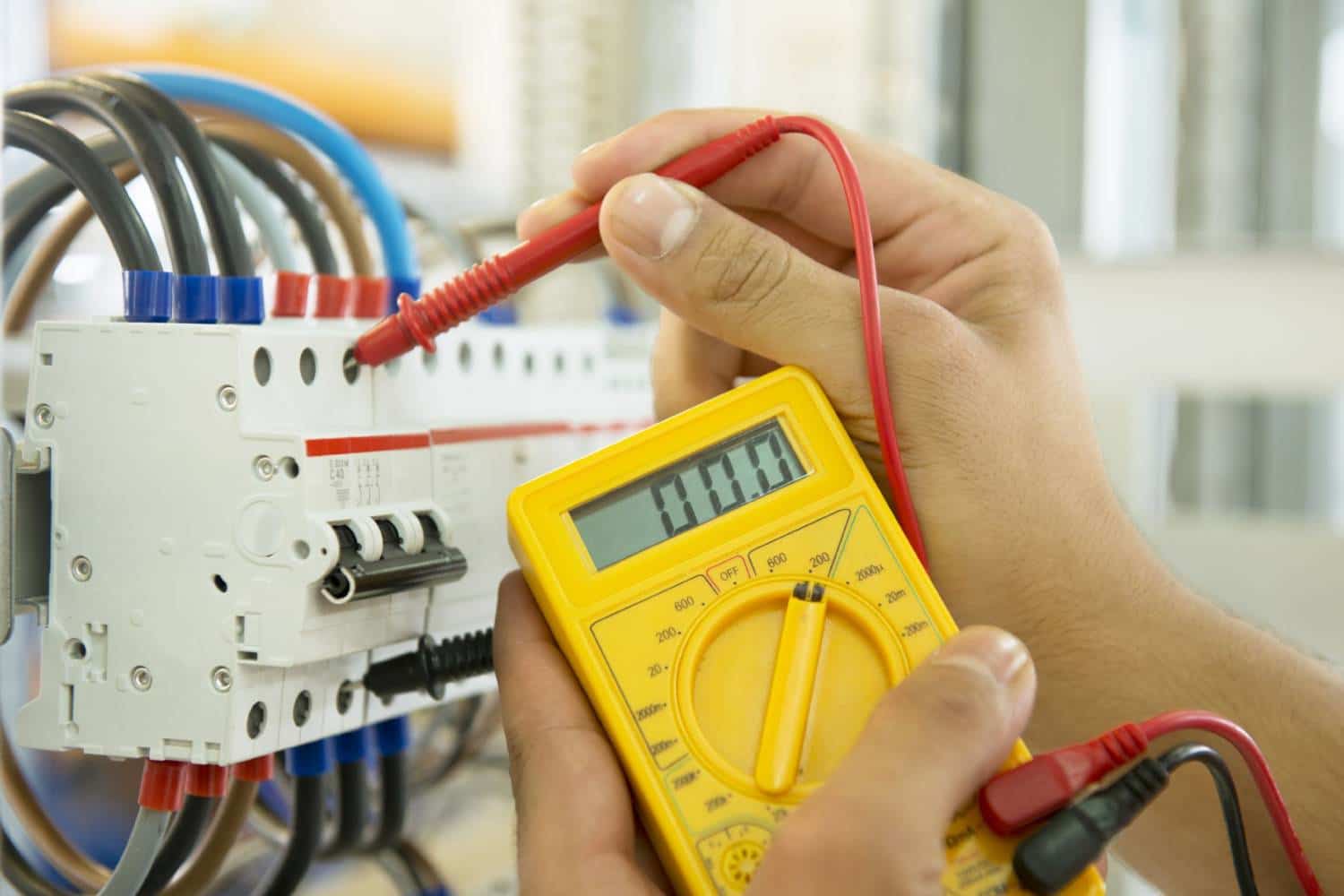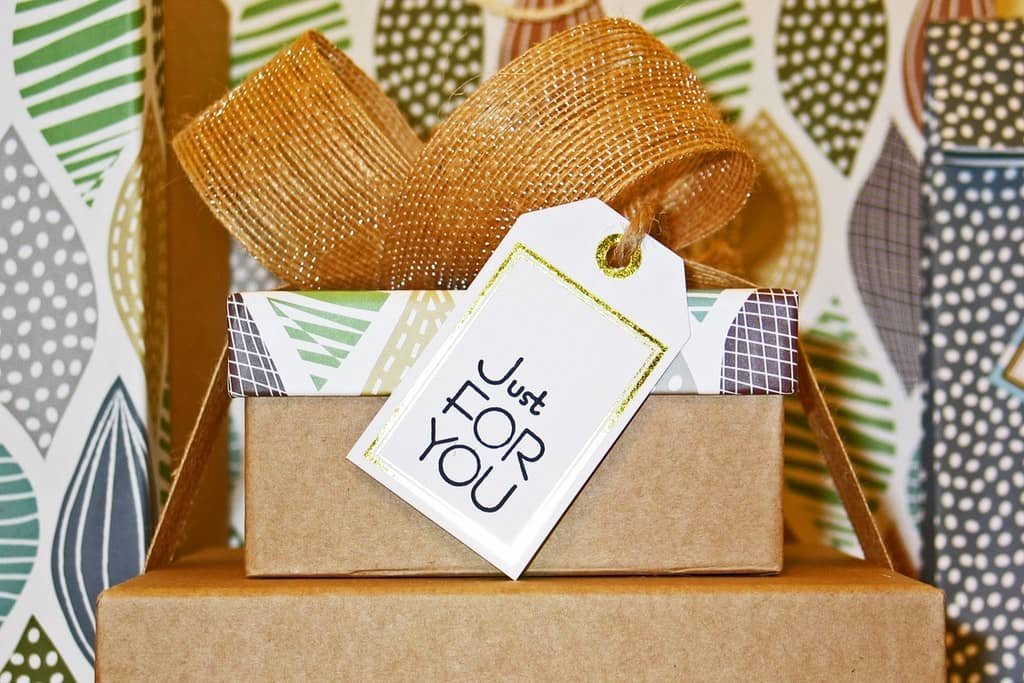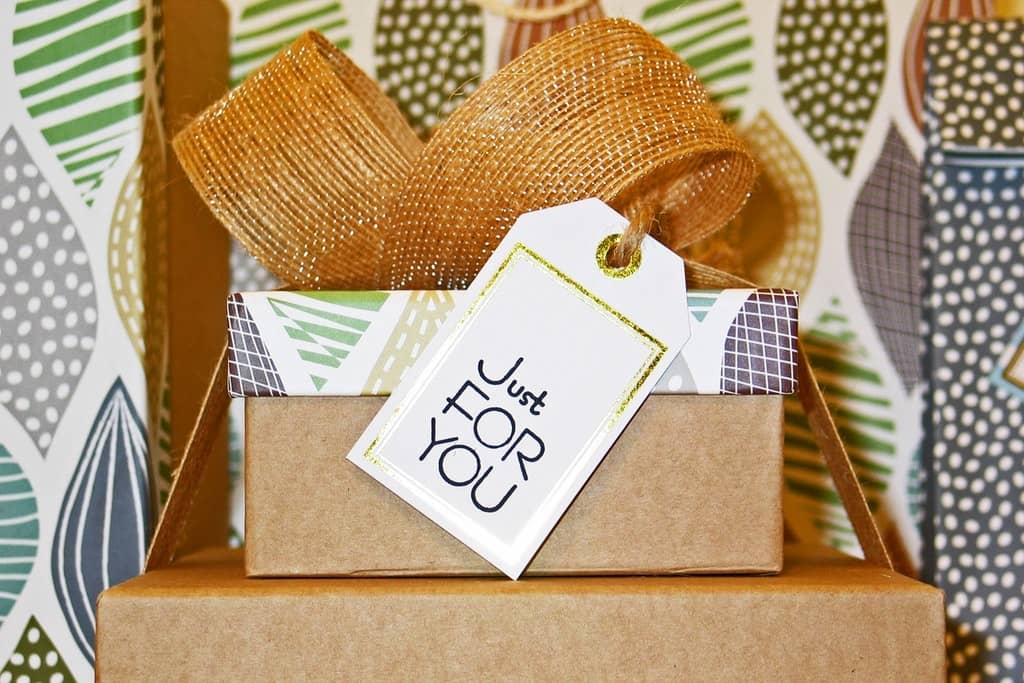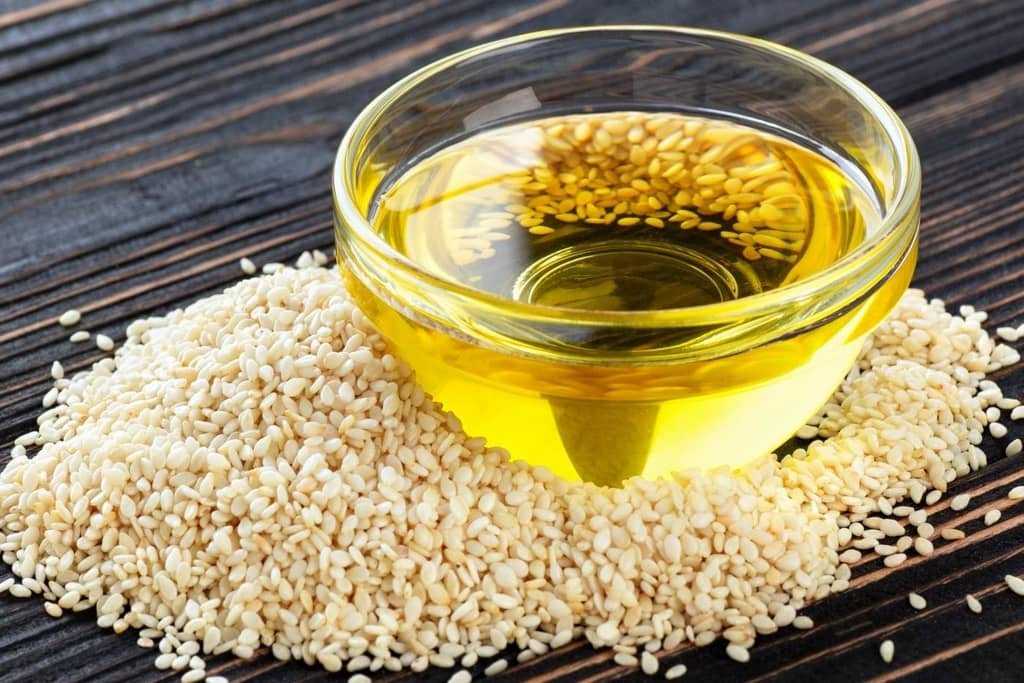There is nothing more fashionable than wearing your own jewellery. It guarantees your look is unique and wearing something handmade will give you a sense of accomplishment. It’s not only rewarding but fun as well. If you’d like to test your craft skills with something different, here are tips on how to make your own ceramic jewellery.
The materials you need for ceramic jewellery
You will need quite a few things before you can enjoy your jewellery. However, don’t be afraid of the following list. It doesn’t mean making the actual jewellery is that complicated and many of the things you’ll need are rather easy to find and buy online at craft stores. Here is what you need:
- Clay – opt for the low-fire earthenware clay that you can find at craft stores
- Bamboo skewer if you are making beads
- Under-glaze and clear glaze
- Pin tool or a similar tool for punching holes
- 2 small wooden boards for drying the jewellery
- Craft knife
- High-temperature wire
- Wooden dowel
- Beading wire or string
- Jump rings
- 2 wooden rulers
- Any materials you want to use for personalising and decorating the jewellery. This could be things, such as flowers or leaves or assorted stamps.
You might not require all of the above items if you are just making beads. For example, beads require just a single wooden board for drying. On the other hand, some are used in creating pendants only and for this, you’ll need both wooden boards.
Creating the jewellery
You want to cut a piece of your clay lump – take as much as you need. Roll the clay out and get it relatively thin, around 3/8 of an inch. You can use the wooden rulers as a guide although it isn’t necessary to get the sizes the exact same – it all depends on your preference.
You can now cut the clay into any sort of shapes you want. You can decide to make pendants or earrings. You can then use the stamps to press marks or use the craft knife to create specific shapes on top of the clay. If you want, you can roll the clay on top of leaves or flowers and have them stamp a mark on the clay.
[irp]
Once you’ve done this, you need to decide where you want the cord to attach. Either make a single hole or two holes for the pendant to attach to a necklace chain on both sides.
It’s also possible to create beads with the clay. For this, just roll the clay in thin coils of your preferred thickness. Cut them to the sizes you want and make a hole in the centre by piercing them with a bamboo skewer.
Place your jewellery on a wooden board and add another on top of it. You’ll then need to let them dry; this will take a few days. It’s definitely best to place them somewhere warm and dry in the house – moisture will prolong the drying period. If you’d made the beads, just cover the beads with a piece of plastic and allow it to dry.
[irp]
Once your jewellery has dried properly you need to fire them up in a kiln. Paint them with under-glaze and allow them to dry before dipping in clear glaze. It’s important to ensure the holes aren’t covered in glazing.
Fire the jewellery for the second time. You want the pendants to be stuck on a high-temperature wire and the flat pendants should preferably be on kiln stilts to avoid them from sticking and burning.
Now you just need to string the beads onto a beading wire and attach your chosen string to your pendants or earrings. You can even combine your own jewellery with store-bought ceramic jewellery. Follow the link for ideas and savings on beautiful accessories: http://www.voucherbin.co.uk/stores/laura-ashley/.
If you want, you can also paint your ceramic jewellery with ceramic paint. Just allow the jewellery to cool down, paint with your chosen colours and let it dry fully.
[irp]
Use your imagination
When it comes to ceramic jewellery, you really can do almost anything. You can use different stamps, add the leaves or create your own carvings. It’s also nice to add a bit of personality by painting the jewellery later on. The above might sound a little daunting but it really isn’t. You just need to make sure you allow the jewellery to dry and that you keep an eye on them when firing up – you don’t want the clay to heat too much and crack as a result. However, just like with a lot of crafts practice will make perfect!
If you follow the above tips and steps, you’ll have a jewellery box worth of beautiful jewellery to give out soon.
















































































